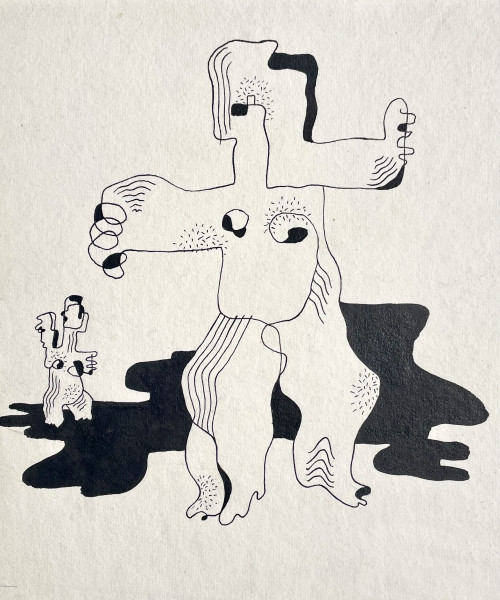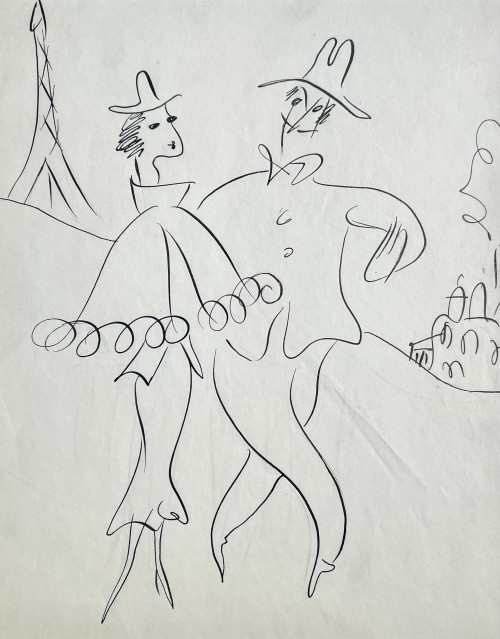- HOME
-
- View All Items
- New Arrivals
- Featured Items
- Artists
-
- View All
- Contemporary
- Birmingham School
- Cotswold Group
- Landscape
- Urban Townscape
- Abstract
- Animals/Birds
- Arts & Crafts
- British Impressionist
- Botanical
- Design/Industrial
- Fantasy/Fairy Subjects
- Female Artists
- Figurative
- Historical
- Illustration/Cartoon
- Marine
- Military/War Artist
- Modern British
- Pre-raphaelite/ Romantic/ Aesthetic
- Nude
- Portrait
- Prints
- Scottish
- Sculpture
- Sporting
- Still Life
- Theatrical
- Interiors/Architectural
-
ARCHIVE
Genre
- View All
- Contemporary
- Birmingham School
- Cotswold Group
- Landscape
- Urban Townscape
- Abstract
- Animals/Birds
- Arts & Crafts
- British Impressionist
- Botanical
- Design/Industrial
- Fantasy/Fairy Subjects
- Female Artists
- Figurative
- Historical
- Illustration/Cartoon
- Marine
- Military/War Artist
- Modern British
- Pre-raphaelite/ Romantic/ Aesthetic
- Nude
- Portrait
- Prints
- Scottish
- Sculpture
- Sporting
- Still Life
- Theatrical
- Interiors/Architectural
- ARTISTS
- Online Exhibitions
- Events
- About
- Contact
- Home
- Medium
- Watercolour & Drawing
- Terriers - Waiting at the Window - Early 20th Century drawing of dogs by Arthur Wardle
Terriers - Waiting at the Window - Early 20th Century drawing of dogs by Arthur Wardle
Terriers - Waiting at the Window - Early 20th Century drawing of dogs by Arthur Wardle
ARTHUR WARDLE (1864-1949)
Terriers ”Waiting at the Window "
Pencil,
unframed
20.5 by 17.5 cm., 8 by 7 in. (mount size 33.5 by 30.5 cm., 13 by 12 in.)
Arthur Wardle was born in London. He first exhibited at the Royal Academy in 1880 when he was aged only 16 and thereafter was a regular and frequent exhibitor there and at many other London and provincial venues. His early work seemed to concentrate on landscape and rustic scenes and it was not until the 1890s that he began to explore the subject matter for which he was to become so famous, namely domestic and wild animals, and big cats in particular. Wardle lived in St John’s Wood. He established a reputation for exhibiting large mythological and dramatic subjects, which gave him the opportunity to include lions, tigers, leopards and occasionally even polar bears. He lived close to London Zoo, which provided him with the chance to study his subjects closely. As a regular visitor to the zoo he made numerous sketches that he would then use to work on in the large canvases in his studio. He also was one of the most successful and familiar dog painters of the 19th and 20th centuries, being particularly well known for his paintings of terriers.
Thank you for your enquiry.
We will get back to you soon.
Please create wishlist to add this item to
RELATED ITEMS















